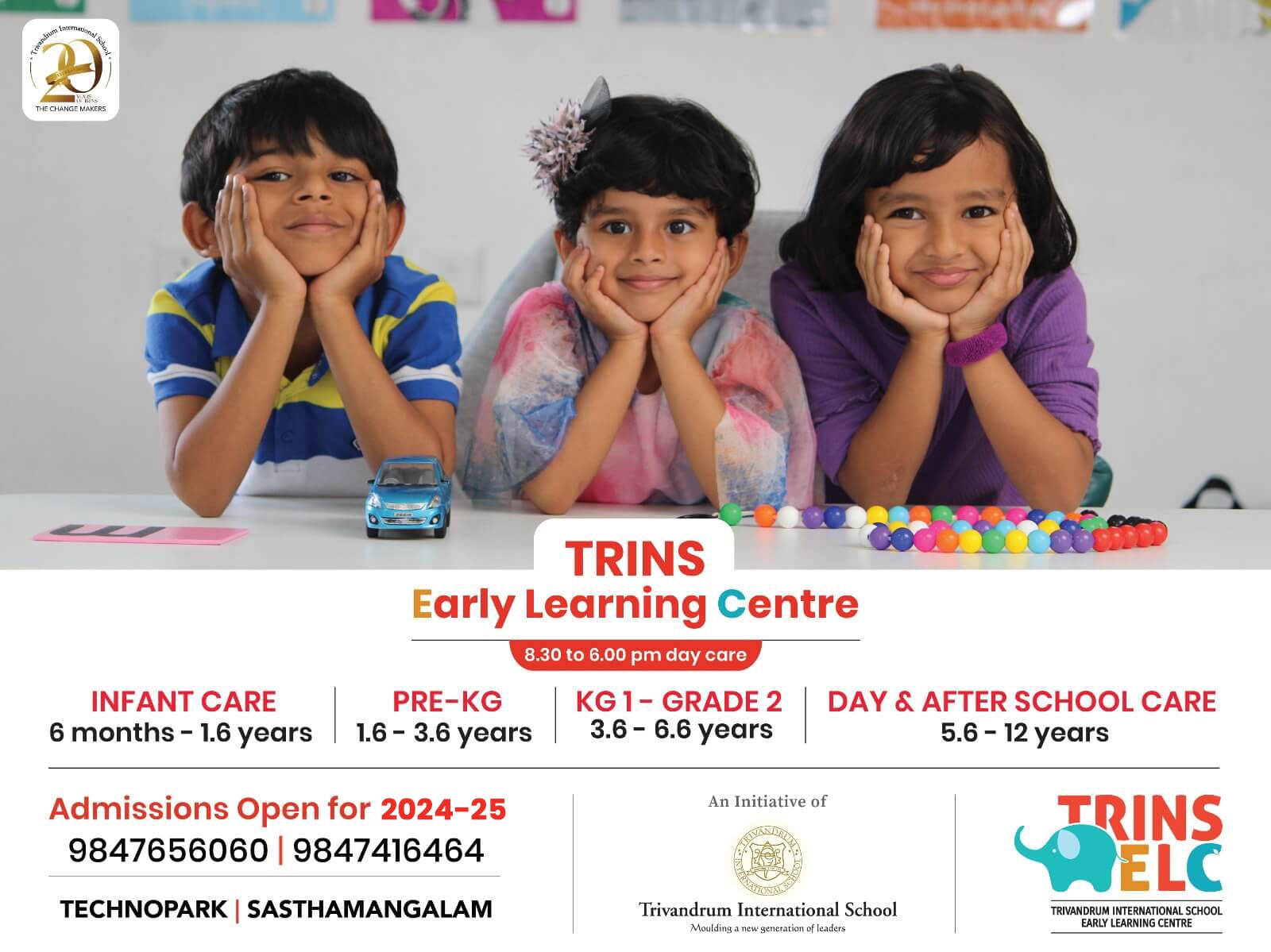


Reading Comprehension Strategies for Preschoolers

Reading comprehension is an essential skill that begins to develop during the preschool years. At this stage, children are just beginning to understand the connection between words, sentences, and stories. While preschoolers may not be able to read independently yet, they can still learn strategies that help them comprehend stories and develop a love for reading. Fostering reading comprehension early in life will not only improve their literacy skills but also build a strong foundation for academic success.
Importance of Reading Comprehension in Early Childhood
Reading comprehension goes beyond merely understanding words on a page. It involves making sense of the meaning behind sentences, grasping the story's themes, and connecting ideas. Preschoolers are naturally curious and have a vivid imagination, which makes them eager to understand stories and develop their comprehension skills. By introducing reading comprehension strategies during this critical phase, parents and teachers can nurture the cognitive and language abilities of young children.
Key Reading Comprehension Strategies for Preschoolers
Although preschoolers are still learning the basics of language and storytelling, several strategies can be employed to improve their understanding of the texts they hear or engage with.
1. Interactive Reading
Interactive reading involves asking questions and making comments while reading a story. This encourages children to think about what they are hearing and respond actively. Parents or teachers can ask simple questions like “What do you think will happen next?” or “Why is the character sad?” These questions prompt children to think critically and make predictions, improving their comprehension skills.
2. Picture Walks
Before reading a story, it can be helpful to take a “picture walk.” This involves going through the book and looking at the illustrations without reading the words. Children can use the images to predict what the story might be about. This strategy helps preschoolers make connections between pictures and the storyline, strengthening their ability to comprehend what happens when the text is read aloud.
3. Repetition and Familiar Stories
Preschoolers thrive on repetition. Reading the same story multiple times helps children internalise the plot, characters, and key events. Familiar stories also give them the confidence to predict outcomes and make sense of new words in context. This repetition reinforces vocabulary, story structure, and critical thinking, all of which are essential for reading comprehension.
Role of Play in Developing Reading Comprehension
Play-based learning can significantly boost reading comprehension in preschoolers. Role-playing characters from a story, for instance, allows children to immerse themselves in the narrative and better understand the emotions and actions of the characters.
| Type of Play | Comprehension Skills Developed |
|---|---|
| Role-Playing | Understanding character emotions, actions, and motivations |
| Story Retelling | Reinforcing plot structure and sequencing events |
| Puppet Shows | Enhancing dialogue comprehension and imagination |
These activities help children internalise the story, encouraging them to grasp its deeper meaning while keeping learning fun and engaging.
Enhancing Vocabulary Through Reading
Vocabulary is a crucial element of reading comprehension. A child’s understanding of words and phrases in a story will directly impact their ability to comprehend it. Introducing new words in context helps children expand their vocabulary, making it easier for them to understand more complex texts later on.
To support this process, parents and educators can discuss the meaning of new or unfamiliar words as they read together. By asking questions like, “What does this word mean?” or “Can you think of another word that sounds like this?” they can engage children in a deeper exploration of language.
Encouraging Active Participation
Getting preschoolers actively involved in reading sessions is key to improving comprehension. Simple actions like pointing out characters in a story or encouraging children to imitate animal sounds while reading help keep them engaged. This participatory approach makes reading a more interactive experience, which in turn boosts their comprehension skills.
In addition, group reading activities or read-aloud sessions in preschool settings allow children to listen to stories and share their thoughts with peers. This peer interaction not only fosters social skills but also provides different perspectives that can enhance their understanding of the story.
Challenges in Reading Comprehension for Preschoolers
While preschoolers are naturally curious, some may face challenges in developing reading comprehension skills. Children with limited exposure to reading at home or in educational settings might struggle with vocabulary, sequencing, or connecting ideas in a story. Similarly, children with short attention spans may have difficulty focusing on the plot or key details.
Parents and teachers can help by creating an environment that encourages a love for reading. Making reading an enjoyable and consistent activity will motivate children to engage more deeply with stories, helping them overcome these challenges over time.
Reading comprehension is a vital skill that preschoolers begin to develop through interactive reading, repetition, and play-based learning. By introducing strategies that engage children in the storytelling process, parents and teachers can nurture a lifelong love for reading and help build the foundation for their future academic success.





